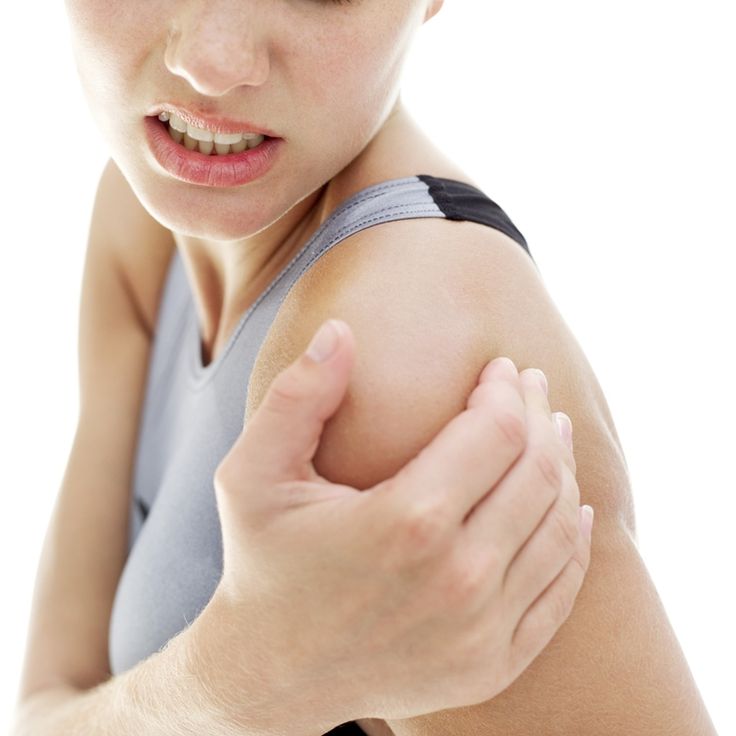Frozen Shoulder
Frozen Shoulder
Frozen shoulder, also known as adhesive capsulitis, is characterized by inflammation and tightening of the shoulder capsule—the connective tissue that surrounds the shoulder joint. As this capsule becomes inflamed, thickened, and stiff, it limits movement and causes pain.
This condition often develops slowly and follows a pattern of increasing stiffness and discomfort. It may take several months to years for symptoms to fully resolve without treatment. The good news is that with proper medical care and physiotherapy, most people recover from frozen shoulder and regain normal or near-normal shoulder function.
Causes of Frozen Shoulder
Inflammation and Scarring
Shoulder capsule inflammation causes thickening and scarring, leading to adhesions that restrict movement over time.
Immobility or Inactivity
Prolonged shoulder immobility from surgery, injury, or stroke increases the risk of developing frozen shoulder.
Medical Conditions
Certain health problems like diabetes, thyroid disorders, heart disease, or Parkinson’s disease are known to increase the likelihood of developing frozen shoulder.
Injury or Surgery
Shoulder trauma, rotator cuff injuries, or post-operative healing following shoulder surgery can reduce motion and cause adhesions to develop.
Age and Gender
Frozen shoulder is most commonly observed in people aged 40 to 60 years and occurs more frequently in women than in men.
Other Factors
Hormonal imbalances, autoimmune diseases, and lifestyle habits such as a sedentary routine or poor posture may also contribute to its onset.
Symptoms of Frozen Shoulder
Frozen shoulder progresses in three stages, each with distinct symptoms. These stages can overlap, and progression from one to another can be slow.
1. Freezing Stage (Lasts 6–9 months)
Gradual onset of shoulder pain, worsening at night, with decreasing range of motion
2. Frozen Stage (Lasts 4–12 months)
Pain may lessen, but stiffness peaks, severely limiting movement
3. Thawing Stage (Lasts 6 months–2 years)
Gradual improvement in mobility, with pain subsiding
Common Symptoms Include:
- Dull or aching pain in the shoulder, often radiating to the upper arm.
- Significant stiffness, making it hard to lift the arm or reach behind.
- Difficulty with daily tasks like dressing or combing hair.
- Weakness in the shoulder due to disuse.
-
Stiffness, especially in the morning or after long periods of rest.

Treatment Options
- Physical Therapy: Targeted exercises to improve range of motion and strengthen shoulder muscles.
- Medications: Over-the-counter pain relievers (e.g., ibuprofen) or prescription anti-inflammatories.
- Corticosteroid Injections: To reduce inflammation and pain in the shoulder joint.
- Hydrodilatation: Injecting sterile fluid into the joint to stretch the capsule and improve mobility.
- Ayurveda Treatments: Herbal remedies, Panchakarma, or localized therapies like Kshara Sutra for related conditions (consult an Ayurveda specialist).
- Surgery: Rarely needed, but arthroscopic release or manipulation under anesthesia may be used for severe cases.
- Home Care: Applying heat or ice packs and performing prescribed exercises regularly.
Ayurveda & Holistic Treatment
Ayurveda offers a gentle, natural approach to frozen shoulder, focusing on reducing inflammation, balancing doshas, and strengthening joint function:
Abhyanga (Oil Massage): Herbal oil massage improves circulation and reduces stiffness.
Swedana (Steam Therapy): Medicinal steam relaxes muscles and reduces inflammation.
Kizhi (Herbal Pouch Therapy): Warm herbal pouches applied to affected areas to relieve pain and restore movement.
Kshara Sutra or Panchakarma Therapies: May be considered in chronic or stubborn cases by Ayurveda experts.
Prevention Tips for Frozen Shoulder

Perform regular shoulder stretches and mobility exercises.
Avoid prolonged immobility after surgery or injury—start movement early under guidance.
Manage underlying conditions like diabetes and thyroid issues effectively.
Practice good posture while sitting or working.
Apply warmth before exercising to loosen the joint.
